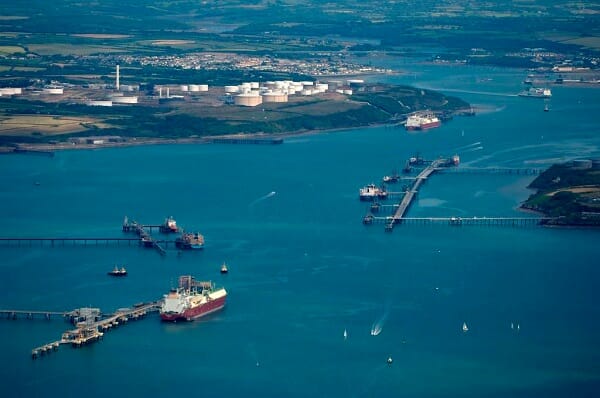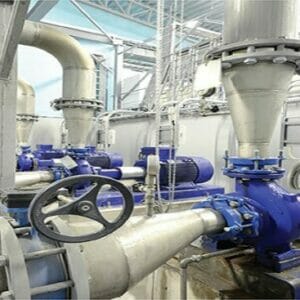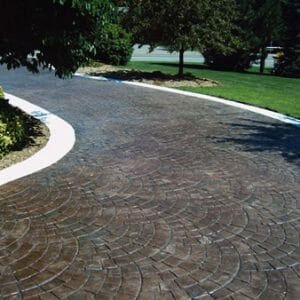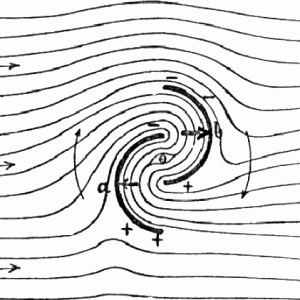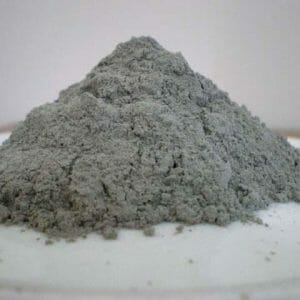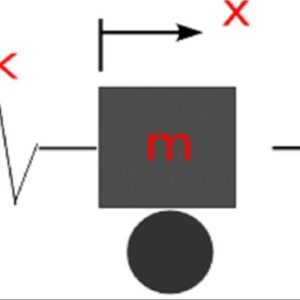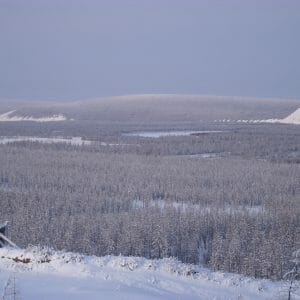Description
Energy can be extracted from the motion of waves, tides, rivers, ocean currents, and the temperature differences between water at the ocean surface and water far below. In the search for sustainable energy sources, these marine and “hydrokinetic” (concerned with kinetic energy of the motion of water) technologies are attracting increasing attention. As these technologies are studied more, however, many potential environmental concerns have arisen. The list is lengthy: plant and animal habitats will be altered when wave heights or velocities are changed. Bottom-dwelling organisms will be affected by sediment transport and deposition. Marine construction activities will generate underwater sounds sufficiently loud to drive away or actually kill some species of animals. Electromagnetic fields associated with generating devices and cables may interfere with species that depend on sensing electric fields for identifying prey or on sensing magnetic fields for navigation. Anti-biofouling coatings applied to structures may be toxic to some species. Moving turbine blades may strike and kill fish just as wind turbines kill birds. The transfer of large volumes of water between the ocean surface and depth will affect water temperatures, proportions of dissolved solids, nutrient content, and gas concentrations. The purpose of this course is to describe these environmental concerns and identify mitigation strategies that might be implemented.
This course is based on the U. S. Department of Energy document, “Report to Congress on the Potential Environmental Effects of Marine and Hydrokinetic Energy Technologies,” December, 2009.
- Learning about alteration of currents and waves caused by hydrokinetic technologies;
- Be introduced to the issue of alteration of bottom substrates, sediment transport, and sediment deposition;
- Learning about the changes in benthic (bottom of the water body) habitats;
- Understanding the principles and effects on animals of underwater noise;
- Understanding the effects on animals of electromagnetic fields;
- Understanding the need for care in introducing chemicals such as oils or anti-fouling coatings into the marine environment;
- Becoming aware of the danger of injuries and fatalities related to the striking of animals by moving blades;
- Be introduced to the side effects of the need to transfer large quantities of water between ocean depths in ocean thermal energy conversion; and
- Learning about mitigation strategies for the different types of energy extraction devices.
 E 1102 Valve Fundamentals
2 × $100.00
E 1102 Valve Fundamentals
2 × $100.00  E - 1823 Fluid Power (Part 3) – Hydraulic Components
1 × $150.00
E - 1823 Fluid Power (Part 3) – Hydraulic Components
1 × $150.00  E - 1114 Hydraulic Jumps and Supercritical & Non-uniform Flow
1 × $75.00
E - 1114 Hydraulic Jumps and Supercritical & Non-uniform Flow
1 × $75.00  E - 1106 Fundamentals of Heat Exchangers
2 × $50.00
E - 1106 Fundamentals of Heat Exchangers
2 × $50.00  E - 1765 Advanced Storm Water Design
1 × $150.00
E - 1765 Advanced Storm Water Design
1 × $150.00  E - 1117 Introduction to Biofuels
1 × $75.00
E - 1117 Introduction to Biofuels
1 × $75.00  E - 1687 FHWA Bridge Inspector’s Manual - Bridge Decks
1 × $150.00
E - 1687 FHWA Bridge Inspector’s Manual - Bridge Decks
1 × $150.00 
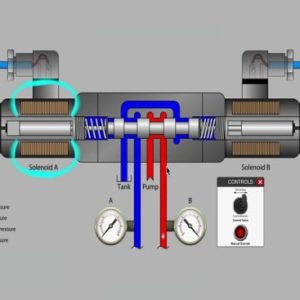 E 1102 Valve Fundamentals
E 1102 Valve Fundamentals 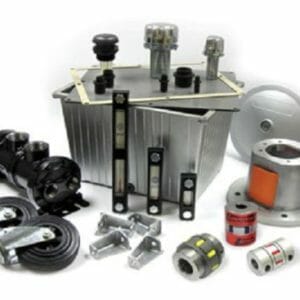 E - 1823 Fluid Power (Part 3) – Hydraulic Components
E - 1823 Fluid Power (Part 3) – Hydraulic Components 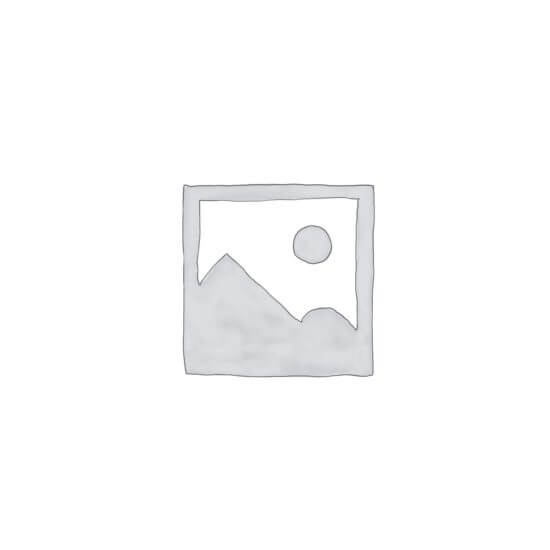 E - 1114 Hydraulic Jumps and Supercritical & Non-uniform Flow
E - 1114 Hydraulic Jumps and Supercritical & Non-uniform Flow 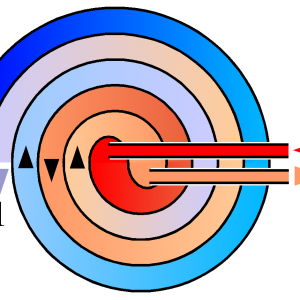 E - 1106 Fundamentals of Heat Exchangers
E - 1106 Fundamentals of Heat Exchangers  E - 1765 Advanced Storm Water Design
E - 1765 Advanced Storm Water Design 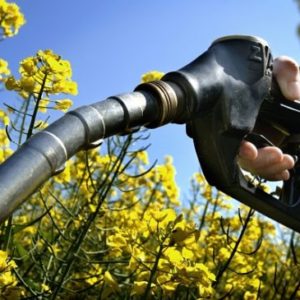 E - 1117 Introduction to Biofuels
E - 1117 Introduction to Biofuels  E - 1687 FHWA Bridge Inspector’s Manual - Bridge Decks
E - 1687 FHWA Bridge Inspector’s Manual - Bridge Decks 